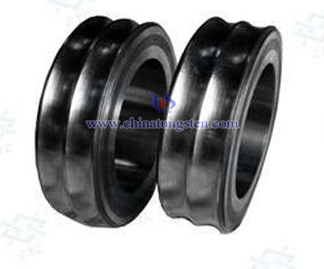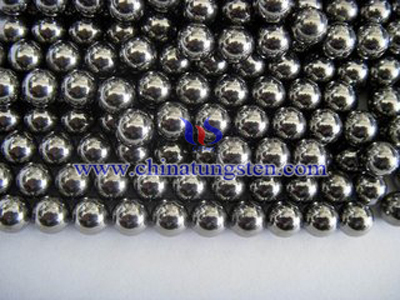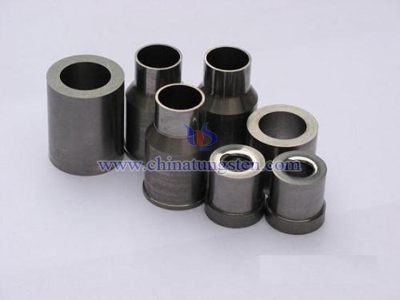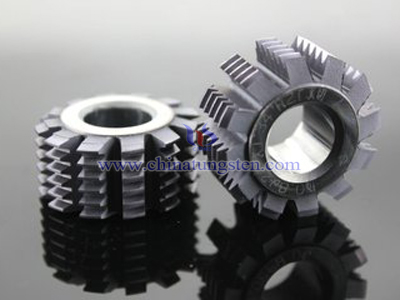The Advantage of Tungsten Carbide Rolls
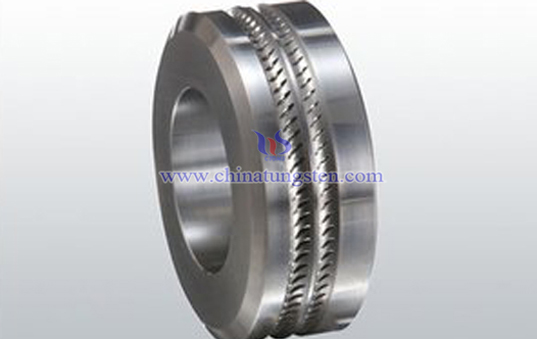
A greatly increased life
The hardness of tungsten carbide rolls is far beyond what can be achieved with steel. Carbide allows for much higher wear resistance and, as a useful by-product, greatly increased life.
Higher surface finish
Tungsten carbide can be produced with a very high polish - virtually a mirror finish - and this high quality of finish can be imported to the metal being rolled. A normal finish on carbide roll is Ra 0.05μm, equal to CLA 1.6 micro inches, although better finishes than this can be achieved in special cases. The criterion is the finish required on the wire or strip component. Under certain circumstances, where high reductions are demanded - in initial passes for example - the surface finish should be up to 10-15 times as coarse to avoid skidding. As carbide has this mirror finish (resulting in lower friction) the risk of "pick-up" is almost eliminated
Closer tolerances, greater reductions
The high modules of elasticity of solid carbide rolls are around 2-3 times as rigid as comparable steel rolls. This means roll deflection due to the rolling forces or separating forces will be approximately one third of that of a steel part. This enables closer tolerances in the control of strip thickness and also means that the flattening or deforming of a roll in the rolling zone will be less, so the reduction at a given rolling load will be higher with tungsten carbide than with steel.
This difference between steel and tungsten carbide will become pronounced when rolling very thin strip.
Below a certain strip thickness, dependent upon the material being rolled, no reduction can be achieved with a steel roll, but with a tungsten carbide roll the thickness can be reduced still further.
When rolling thin steel the occurrence of distorted wavy edges, usually associated with deformation of the roll, and is eliminated when tungsten carbide is applied. It is very seldom that there is a need to camber a carbide roll to off-set roll deflection.
Rolling of harder strip
A high elastic limit under compression permits rolling of harder strip as well as allowing the number of annealing required for mild steel to be reduced.
Higher rolling speeds
As the hardness of tungsten carbide is somewhat insensible of increased heat, and the thermal conductivity is about twice that of steel, carbide rolls can operated at higher speeds than steel rolls without affecting roll life.

